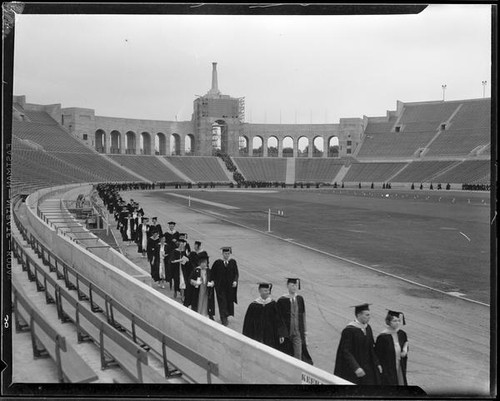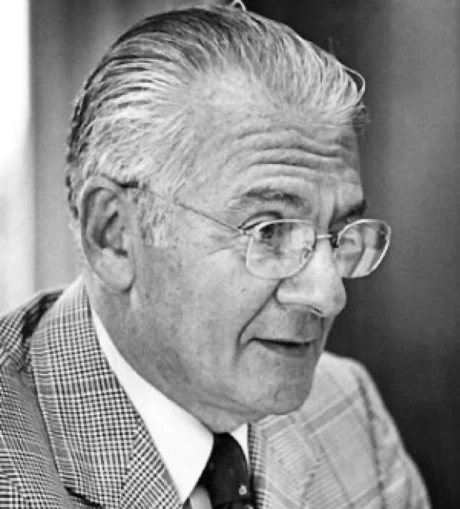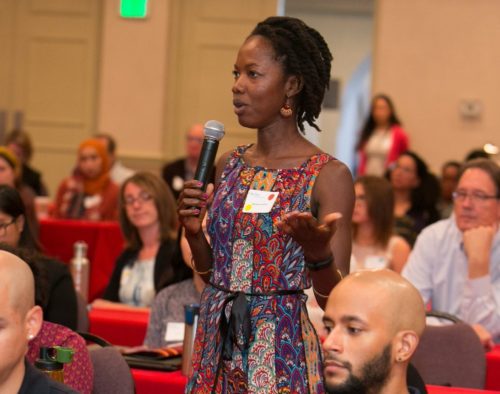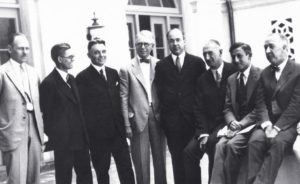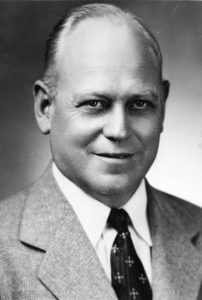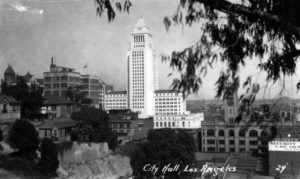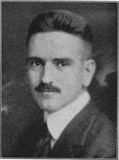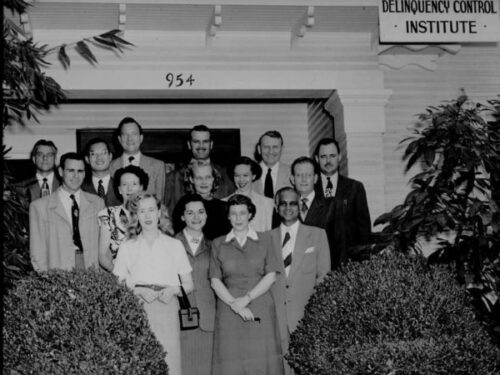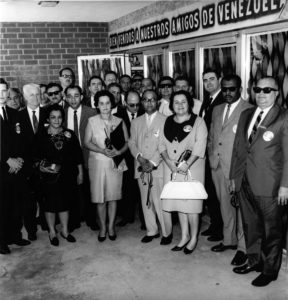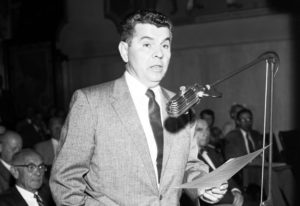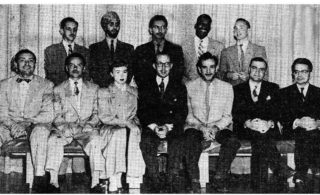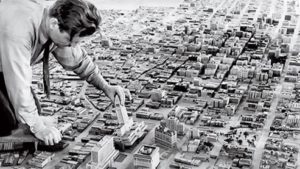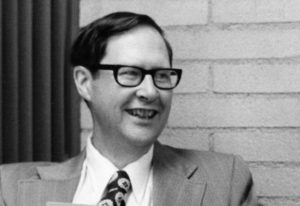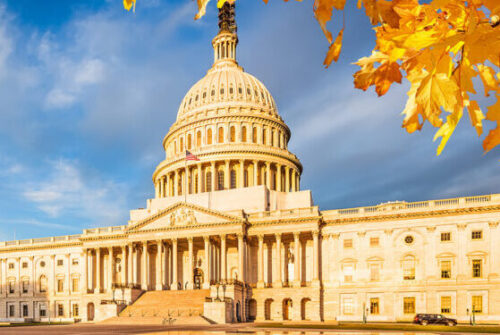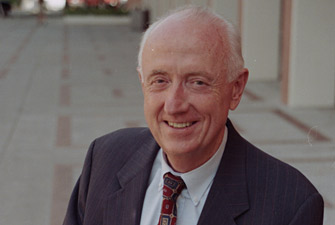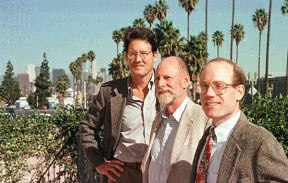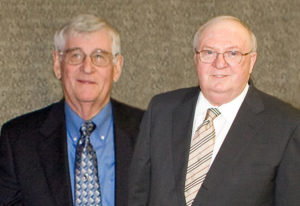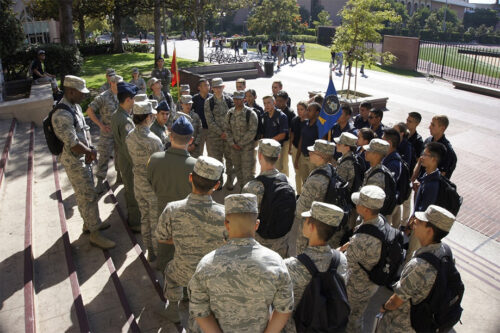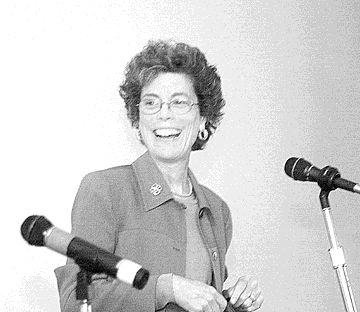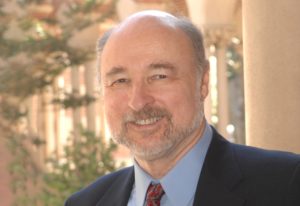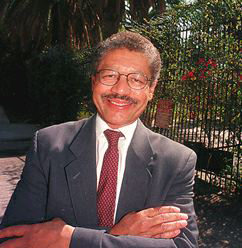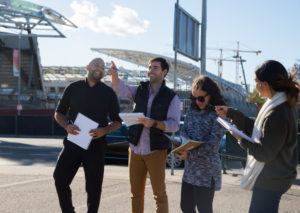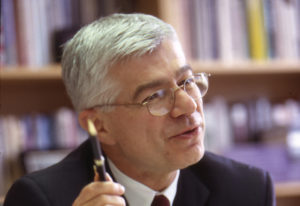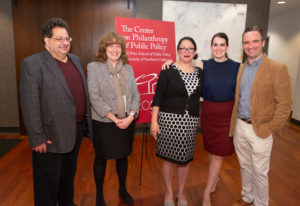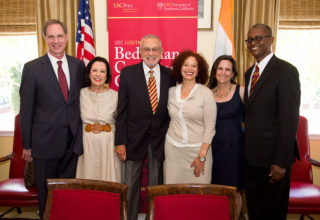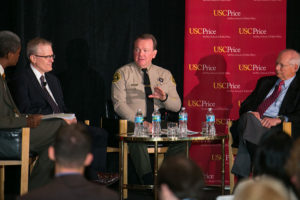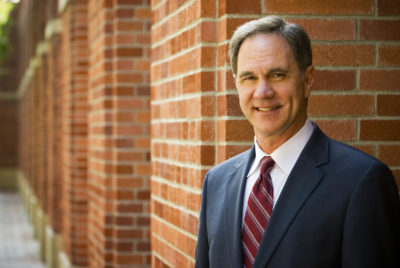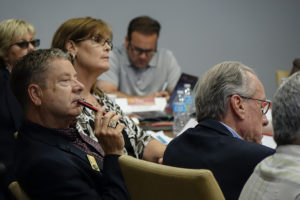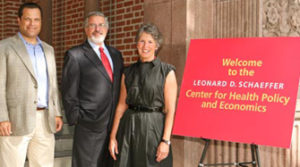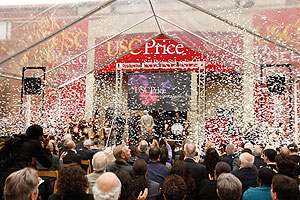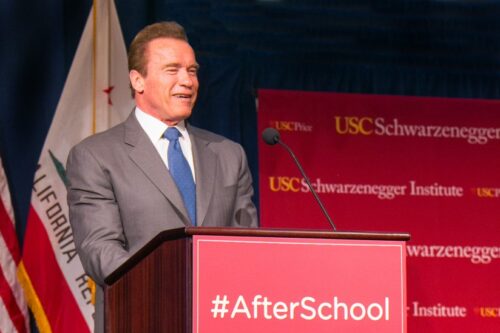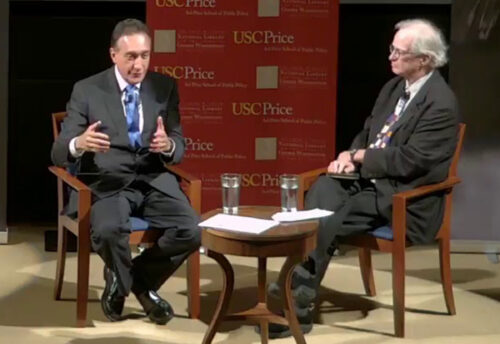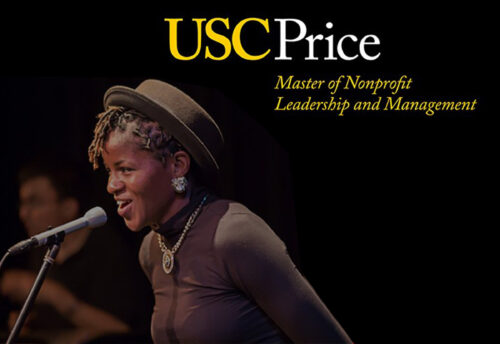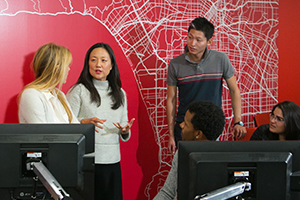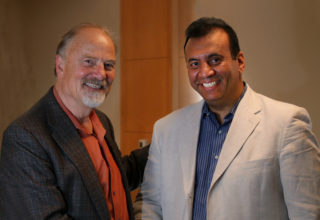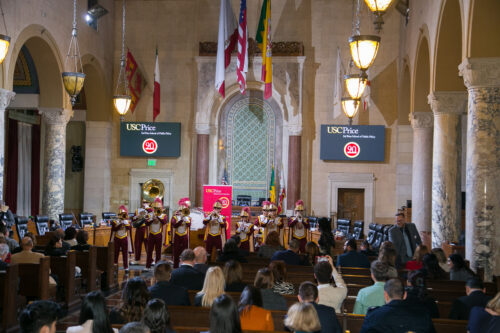Founded nearly a century ago, the USC Sol Price School of Public Policy is a distinguished institution dedicated to improving quality of life worldwide.
Ranked No. 3 among 268 schools with master’s programs in public affairs and administration, the USC Price School combines rigorous education, evidence-based research and interaction with community leaders to solve major challenges.
USC Price faculty and students ask difficult questions and question longstanding answers. They are leaders in their fields and deeply engaged citizens. But most of all, they are inspired by the fact that there is little difference between obstacle and opportunity.
Situated in Los Angeles, a dynamic and diverse city, the school uses its location as a living lab to address global challenges. With interconnected yet distinct disciplines housed under one roof, the Price School brings multiple lenses to bear on critical issues. Our programs blend academics with hands-on learning, ensuring students from diverse backgrounds are ready to lead in government, nonprofits, and the private sector.
The School is comprised of four key departments: Public Policy and Management, Health Policy and Management, the Wilbur H. Smith III Department of Real Estate Development, and Urban Planning and Spatial Analysis. These are complemented by a wide range of prestigious research centers and institutes, providing unmatched resources to explore society’s most pressing issues.
USC Price students become part of the Trojan Family, a powerful network of alumni and professionals committed to helping each other succeed. With strong career support and global connections, our graduates go on to lead, innovate, and transform communities.
About the USC Price School
1927
Local public officials ask USC President Rufus von KleinSmid to provide education for public servants
1928
Emery Olson named Dean of proposed School of Citizenship and Public Administration
1929
School of Citizenship and Public Administration opens. Fifteen courses were taught in City Hall and two in the City Library. The original name is used until 1933, when it is called the School of Government. By 1940 it has become the School of Public Administration.
1929
The school’s first faculty:
John M. Pfiffner was hired as the first full-time faculty member and spent the remaining 39 years of his career in association with the school.
Gordon Whitnall (pictured) was the first part-time faculty and he taught the school’s first Planning course.
1932
First three graduates of the Bachelor of Science degree in Public Administration
1933
First five Master of Science in Public Administration degrees are awarded
1946
Delinquency Control Institute is established and is still in operation as the Safe Communities Institute
1951
Doctor of Public Administration (DPA) degree is approved
1951
Technical Assistance Program begins. The first program involved sending professors from the University of Ankara, Turkey to USC. Three more development programs were established between 1954 and 1961: Iran (1954), Pakistan (1960) and Brazil (1961). Smaller programs in Bahrain were also undertaken (1962 and 1983) and Venezuela (1966).
1953
Henry Reining, Jr. becomes the School’s second dean after Emery Olson retires
1954
International Public Administration Center starts. The first participants included representatives from Puerto Rico, Costa Rica, Finland, Greece, Turkey, Iraq, Brazil, India, Nigeria, and Germany.
1955
Master of Science degree in City and Regional Planning is approved and considered USC’s first truly interdisciplinary degree — joining economics, sociology, social work and engineering, and just the second interdisciplinary degree in the state
1964
Graduate Program in Urban and Regional Planning begins
1965
PhD in Public Administration degree is approved and the first degree is awarded retroactively
1966
The von KleinSmid Center for International and Public Affairs is established comprising: Public Administration, Planning, International Relations, and Political Science
1971
Kim Nelson is Dean of the School of Public Administration
1972
Sacramento Public Affairs Center is established
1973
Washington Public Affairs Center is established
1974
The Planning program is granted school status
1976
Bob Biller becomes Dean of the School of Public Administration
1978
William Baer (pictured center) becomes Dean of the School of Urban and Regional Planning
1982
Ross Clayton becomes Dean of the School of Public Administration; Alan Kreditor becomes Dean of the School of Urban and Regional Planning
1984
University ROTC programs become a part of the School of Public Administration
1986
Master of Real Estate Development degree (MRED) is approved. David Dollinger endowed the degree in 2012 when it was renamed Dollinger Master of Real Estate Development Program.
1988
Master of Health Administration and Master of Public Policy degrees are established
1989
Lusk Center for Real Estate Development is founded
1991
Jane Pisano becomes Dean of the School of Public Administration
1992
Peter Gordon becomes Dean of the School of Urban and Regional Planning following Alan Kreditor’s appointment as Senior Vice President for University Advancement
1994
Edward Blakely appointed Dean of the School of Urban and Regional Planning
1996
Center for Economic Development is launched
1996
Center for Health Financing, Policy and Management is established
1998
METRANS University Transportation Center is established
1999
International Public Policy and Management Program (IPPAM) starts
2001
Dan Mazmanian becomes Dean of the School of Policy, Planning and Development
2000
Center for Philanthropy and Public Policy (CPPP) is established
2003
Tomás Rivera Policy Institute moves into the School of Policy, Planning and Development
2004
John and Judith Bedrosian Center on Governance and the Public Enterprise is established
2004
Center on Risk, Economic, and Terrorist Events (CREATE) is launched as the nation’s first Homeland Security Center
2005
Jack Knott becomes Dean of the School of Policy, Planning and Development
2007
Executive Master of Leadership degree is introduced
2009
Leonard D. Schaeffer Center for Health Policy and Economics is established
2009
Center for Sustainable Cities moves to the School of Policy, Planning and Development.
2011
Online Master of Public Administration degree is offered
2011
Sol Price Center for Social Innovation is launched
2011
USC Sol Price School of Public Policy is established with a transformative $50 million naming gift from the Price Family Charitable Fund to endow and rename the School
2012
Schwarzenegger Institute for State and Global Policy is established and housed in the Price School
2013
Fred W. Smith National Library for the Study of George Washington at Mount Vernon establishes partnership with USC Price; a key component of the partnership is the Borthwick Lecture Series on George Washington
2014
Master of Nonprofit Leadership and Management degree is established
2015
Spatial Analysis Lab (SLAB) is launched
2015
New Bachelor of Science in Real Estate Development degree is unveiled
2016
Two new undergraduate degrees are introduced: Bachelor of Science in Public Policy and Bachelor of Science in Urban Studies and Planning
2017
Neely Center for Ethical Leadership and Decision Making is established; this multidisciplinary center is housed at the Price, Viterbi, and Marshall Schools
2018
California Civic Engagement Project (CCEP) joins USC Price School in Sacramento
2019
Executive Master of Urban Planning degree is introduced
2019
90th Anniversary Celebration at Los Angeles City Hall on January 31st
- 1927
- 1928
- 1929
- 1929
- 1932
- 1933
- 1946
- 1951
- 1951
- 1953
- 1954
- 1955
- 1964
- 1965
- 1966
- 1971
- 1972
- 1973
- 1974
- 1976
- 1978
- 1982
- 1984
- 1986
- 1988
- 1989
- 1991
- 1992
- 1994
- 1996
- 1996
- 1998
- 1999
- 2001
- 2000
- 2003
- 2004
- 2004
- 2005
- 2007
- 2009
- 2009
- 2011
- 2011
- 2011
- 2012
- 2013
- 2014
- 2015
- 2015
- 2016
- 2017
- 2018
- 2019
- 2019
History of the Price School
With a history spanning more than 90 years, the USC Sol Price School of Public Policy has earned a distinct reputation for excellence in creating scholarship that serves the global public good.
In 1929 the USC School of Citizenship and Public Administration opened its doors, becoming one of only two programs of this kind in America. It was by no means the multifaceted institution that stands today, but it contained seeds of a bold vision that would become the foundation for decades of progress.
In addition to a degree in public administration, the School of Citizenship and Public Administration offered classes in urban and regional planning, which eventually led to the urban and regional planning degree and school at USC. Over time, public administration formed the health administration program and the public policy program, while the urban planning school developed a real estate program.
A key milestone for the school was reached in 1998 when these various strands came together. A single, multidisciplinary entity was formed: the USC School of Policy, Planning, and Development.
In November 2011, the school received a transformative $50 million naming gift from the Price Family Charitable Fund to endow and name the USC Sol Price School of Public Policy. The gift honors the life of Sol Price, founder of Price Club. Known for his savvy decision-making, civic engagement, and commitment to social responsibility, the legacy of Sol Price aligns with so many of the values we strive to uphold at the USC Price School of Public Policy.
Contact Us
USC Price Office of the Dean
650 Childs Way, RGL 312
Los Angeles, CA 90089-0626
Phone: (213) 740-0350
